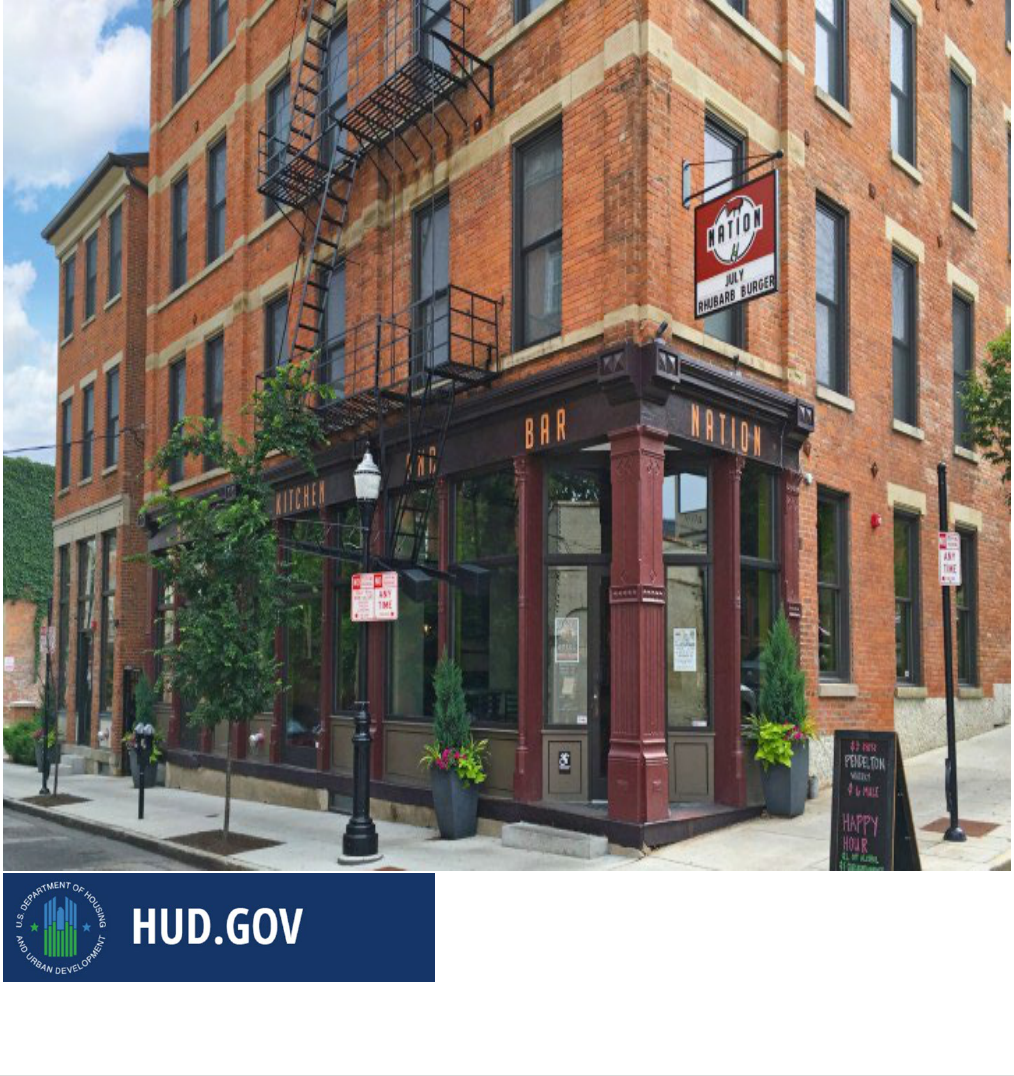
Mixed-Use Real Estate Financing Tool:
Is HUD's Section 108 Loan Guarantee
Program Right for My Needs?

Mixed-Use Real Estate Financing Tool
1 | Page U.S. Department of Housing and Urban Development
Section 108 Loan Guarantee Program, May 2020
The Department of Housing and Urban Development's (HUD's) Section 108 Loan Guarantee Program can be a
valuable financing tool for both for-profit and nonprofit developers who are seeking financing for mixed-use real
estate developments. A mixed-use real estate development is a development that contains two or more uses,
which can include, but are not limited to:
• Residential
o Rental Units
o For Sale Condominiums
• Retail / Commercial
o Grocery Stores
o Hospitals or Medical Facilities
o Restaurants
o Hotels
• Office
• Cultural and Entertainment Venues
o Museums
o Theaters
• Public facilities
o Recreational facilities
o Senior or community centers
o Parks
o Public Plazas
Securing adequate financing for mixed-use developments can often be difficult, given obstacles such as:
• Commercial loan product restrictions (e.g., residential only, commercial only);
• Divided underwriting and decision making between different lender departments; and
• Uncertain market for one or more of the project components (e.g., rental housing strong – retail/office
weak or unknown)
Borrowers have structured Section 108 loan guarantees for mixed-use projects in a variety of ways, frequently
as subordinate gap financing. The terms and structure of each loan will depend on the needs of the project and
the community's underwriting assessment, but in general, city, county and state governments have made loans
for mixed-use projects ranging from $100,000 to millions of dollars. The sizing of each Section 108 guaranteed
loan varies by community, based on the amount of Section 108 financing that the community can access,
1
its
goals
to diversify its loan portfolio, and both local and HUD program requirements. Communities can provide
loans for terms of up to 20 years at lower interest rates than those that are typically available through
commercial banks.
Since capacity may vary at the local and state level for technical assistance related to Section 108 resources
for developers, this document is intended to provide communities with a tool for developers to conduct a
high-level assessment to determine whether Section 108 guaranteed financing could be an appropriate
resource for their needs. This tool also aims to help developers identify the additional information they
1
The amount of Section 108 borrowing capacity for each community is five times its latest approved Community
Development Block Grant (CDBG) allocation minus any outstanding Section 108 loan balances or existing commitments. The
current borrowing authority is available on the HUD website here: Current Availability of Section 108 Financing
.
Communities that do not receive grants directly can apply for Section 108 loans through the urban county they're located in
or through their State's CDBG program.

Mixed-Use Real Estate Financing Tool
2 | Page U.S. Department of Housing and Urban Development
Section 108 Loan Guarantee Program, May 2020
would need in order to be able to apply for a loan through an existing local Section 108 loan program or
approach the appropriate local or state officials regarding assistance if no local Section 108 loan program
currently exists. It is not intended to serve as formal, comprehensive guidance.
Use of Section 108 financing in mixed-use development projects requires allocating the financing to aspects of
the project that will meet one of three program objectives: (1) benefit low- and moderate-income (LMI) persons;
(2) aid in the prevention or elimination of slums or blight; or (3) meet an urgent need (e.g., natural disaster
recovery). The majority of activities receiving Section 108 loan guarantees provide a benefit to low- and
moderate-income persons, which can be accomplished through a variety of ways (see Step 4). A LMI person
generally means a member of a household that has an income equal to or less than 80% of area median income
(AMI) as defined by HUD here: FY 2018 Income Limits Documentation System
More information on the requirements of each objective are addressed in the guided questions below.
Basic Project Questions:
STEP 1: Is your project a mixed-use development that will feature multiple uses (housing, office,
retail, and/or other uses)?
Yes. Please proceed to Next Step.
No. This resource may still be helpful to identify whether Section 108 financing is a potential resource for
single-use developments, but you should also consult the other more targeted resources available on the
Section 108 Program website.
STEP 2: Does your project have a financing gap? That is, do the project's costs exceed available debt
and equity?
Example of Financing Gap:
• Conventional sources of debt (e.g., banks, savings & loans) are not available for all components of the
proposed project and/or have been offered in amounts that require excessive equity (e.g., 40-50%)
• Private sector lenders have proposed short terms (e.g., five years or fewer) with large balloon notes,
high down payment requirements, and/or high interest rates
• Projected returns on invested equity will not be high enough (e.g., less than 5%, unavailable for the first
five years) to justify or attract sufficient equity when combined with available debt to balance sources
and uses
Yes, debt and equity at conventional terms cannot cover projected project costs. Please proceed to Next
Step
.
No. If your project is feasible without the benefit of the guaranteed loan, then Section 108 is not the right
resource. Section 108 guaranteed loan proceeds, to the extent practicable, should not be a substitute for non-
Federal financial support.
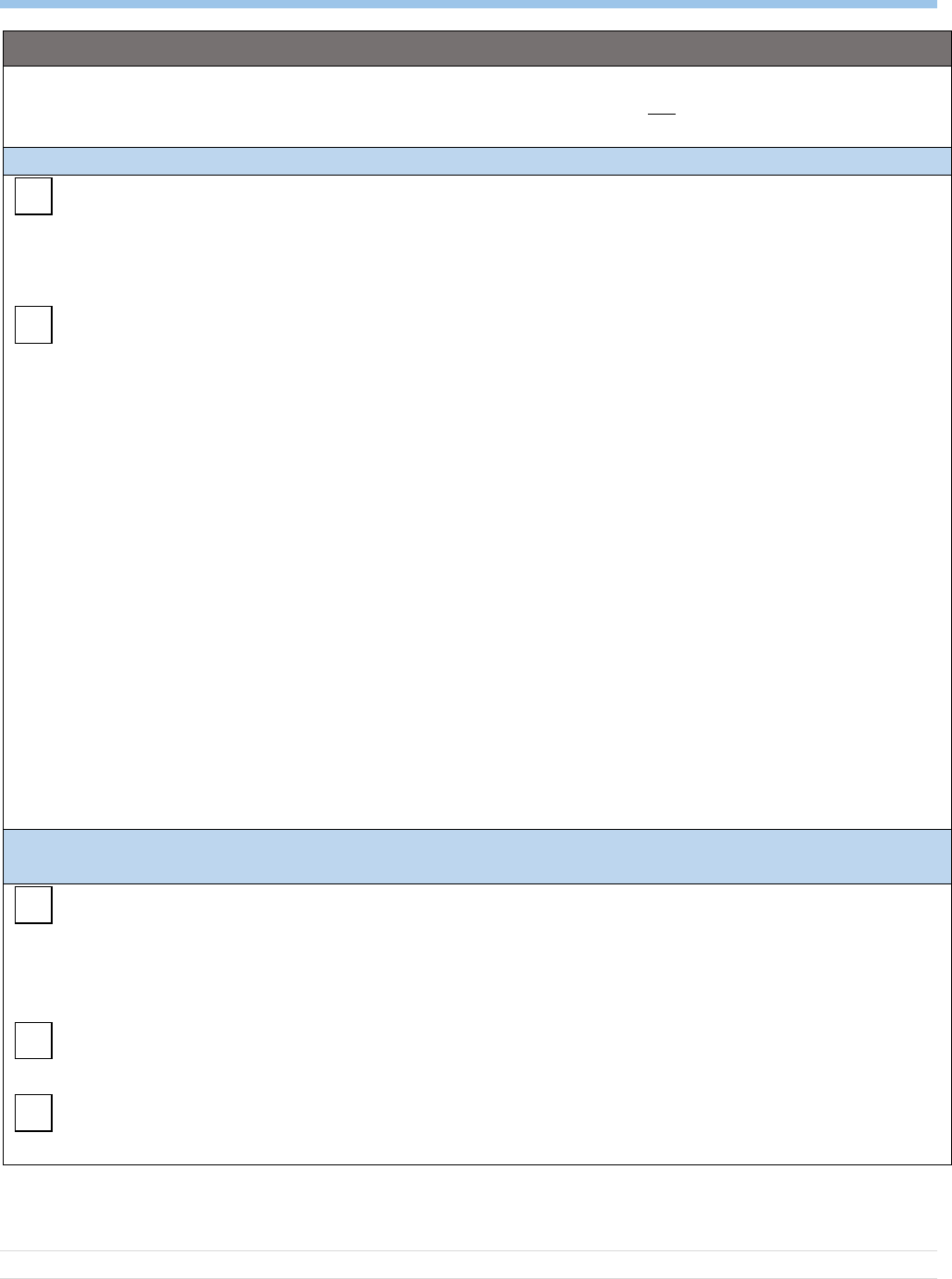
Mixed-Use Real Estate Financing Tool
3 | Page U.S. Department of Housing and Urban Development
Section 108 Loan Guarantee Program, May 2020
Basic Project Questions:
Note: the lack of adequate financing due to excessive expenses, below-market rents (except for affordable
housing) and sale prices, and/or excessive return requirements for equity are not reasonable rationales for a
financing gap (see Step 10).
STEP 3: What type of financing gap do you need to fill?
Equity. Section 108 funds are always loaned to the local community and, as such, must be repaid.
However, that community can grant the funds or can re-lend the funds to create or attract additional equity. In
general, however, communities typically only provide loan funds as equity if the project delivers important
benefits to target residents, employees or neighborhoods.
Debt. Section 108 funds can be a flexible source of debt financing for a project. Repayment terms for the
loan are negotiated between the local community and the project's developer/owner (but cannot exceed 20
years).
Note: the guaranteed loan must be repaid; however, the guaranteed loan terms may provide the flexibility
needed to proceed with a project which otherwise would not move forward. Debt structuring options can
include:
• Interest-only payments during construction and a reasonable stabilization period
• Interest-only payments through the seven-year New Markets Tax Credit (NMTC) compliance period
• Amortization structured with equal principal payments and interest based on the outstanding principal,
or on an equal payment basis (ratio of principal and interest changes with each equal payment)
• Up to 20-year maturities (without large balloon payments)
• Subordination to senior, conventional financing
Note: Section 108 funds have been successfully utilized in mixed-use projects in combination with Federal and
state tax credit programs designed to attract investor equity. These programs include but are not limited to
NMTC, Low-Income Housing Tax Credits (LIHTCs), (Historic) Rehabilitation Tax Credits (RTCs) and (Renewable
Energy) Investment Tax Credits (ITCs). Section 108 funds can also work well with Opportunity Zones financing.
Proceed to the Next Step.
STEP 4: Is the project's financing gap related to a particular component of your development (i.e., a
gap for commercial component versus housing)?
Overall Financing Gap. As mentioned above, Section 108 guaranteed funds must be used to meet one of
the program objectives. If your project has a financing gap not specific to a particular project component,
Section 108 funds can be allocated to most project costs that are related to the accomplishing a program
objective. Proceed to
Step 6.
Commercial. Section 108 loan guarantee financing can cover most costs associated with commercial
projects. Proceed to
Step 6.
Housing. There are limitations to using Section 108 loan guarantee financing for housing projects.
Proceed to
Step 5
to learn more.
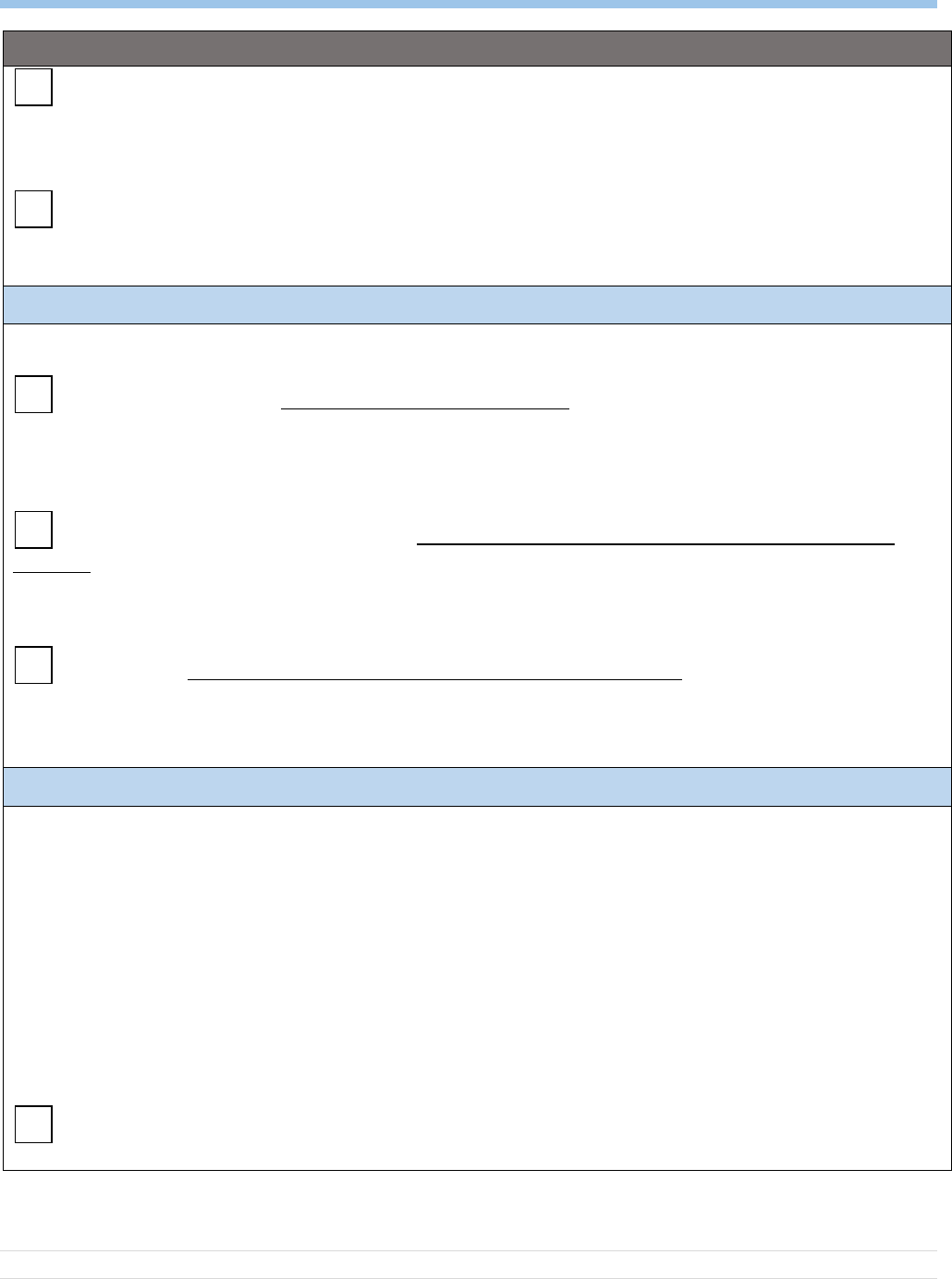
Mixed-Use Real Estate Financing Tool
4 | Page U.S. Department of Housing and Urban Development
Section 108 Loan Guarantee Program, May 2020
Basic Project Questions:
Acquisition. Though Section 108 loan guarantee financing can be used for acquisition, it would trigger
federal requirements for future actions on the site. Before using Section 108 financing for acquisition, consult
the rest of the document to determine if it would be preferable to allocate Section 108 financing to other
project costs. Proceed to
Step 6.
Site preparation or improvements. Section 108 loan guarantee financing can be used for costs associated
with demolition, site preparation and improvements provided a program objective will be accomplished upon
completion of the project. Proceed to Step 6 to determine if your project will achieve a program objective.
Step 5: Will your mixed-use project create income-restricted housing units?
Section 108 loan guarantee financing can be used to finance the housing portion of a mixed-use development if
some or all the units will be occupied by LMI households.
Yes, all or a portion of the new construction residential units will be limited to LMI households.
Section 108 loan guaranteed financing can be used for costs associated with new construction of housing in
limited circumstances. Before you begin the project, review the rest of this document to determine if Section
108 loan guarantee financing would fill a financing gap for another project component. Proceed to
Step 6.
Yes, a portion of my project will consist of rehabilitation of housing or adaptive reuse of an existing
structure into income-restricted residential units. Section 108 loan guaranteed financing can be used for costs
associated with rehabilitation of housing if at least 20% of the all the units will be offered at rents affordable to
LMI persons. Proceed to
Step 9.
No, my project does not contain an income-restricted housing component. Section 108 loan guaranteed
financing cannot be used to finance market-rate housing. If your project's financing gap is related to market-
rate housing, Section 108 is not the right financing tool for you. To consider if Section 108 financing can be used
in the non-housing components of your project proceed to Step 6.
Step 6: Does your project benefit LMI individuals in another way?
Note: For project costs to be eligible for Section 108 loan guarantee financing, the cost must be associated with
the part of the mixed-use project that will meet one of the program's objectives. Most mixed-use projects
utilizing Section 108 financing meet program objectives by providing benefit to LMI individuals. Further detail of
how projects can meet this program objective is described below.
For the purpose of the below, a full-time equivalent (FTE) job is defined as one job per 40-hour week. The local
government can provide additional guidance on FTEs and LMI persons. New jobs can be created over a
reasonable period of time (e.g., one to five years).
For the purpose of the below, a public facility is defined as a facility that is publicly owned, or that is
owned by a nonprofit and open to the general public.
Creates Jobs. At least one of the uses is projected to create new FTE jobs, the majority (51% or greater) of
which can be initially filled by or made available to by LMI individuals without extensive education or training.
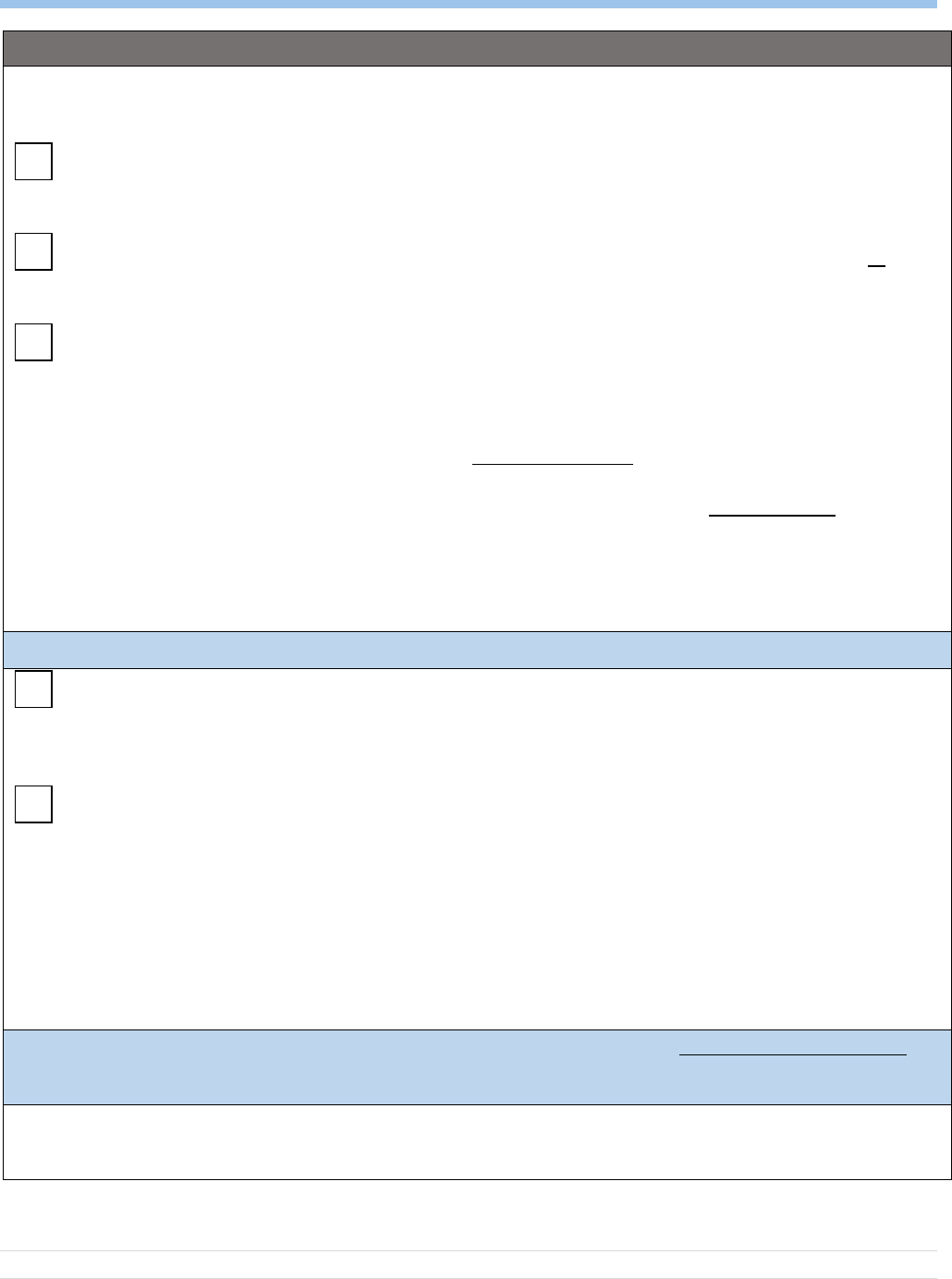
Mixed-Use Real Estate Financing Tool
5 | Page U.S. Department of Housing and Urban Development
Section 108 Loan Guarantee Program, May 2020
Basic Project Questions:
Typically, commercial office space will not meet this requirement unless the tenant is specifically focused on
hiring LMI persons.
Retain Jobs. At least one of the uses is projected to retain existing jobs (51% or greater of the jobs must
be held by or made available to LMI persons) which are otherwise at risk of being eliminated.
LMI Area Benefit. At least one of the development's uses will provide essential goods or services or is a
public facility that will serve an LMI area (51% or higher) area.
LMI Clientele. At least one of the development's uses is a public facility targeted to serve a primarily LMI
clientele (such as a health clinic serving a mostly Medicaid-eligible population or a Head Start daycare center).
If a portion(s) of the project to be funded with Section 108 guaranteed loan funds is going to benefit LMI
individuals though one of the above and that portion is not a public facility, proceed to
Step 8.
If a portion(s) of the project to be funded with Section 108 guaranteed loan funds is a public facility, proceed to
Step 9.
If no portions of your project will benefit LMI individuals, it may be possible for the project to receive assistance
if achieves one of the other program objectives. Proceed to
Step 7.
Step 7: Will your project achieve one of the program's non-LMI objectives?
The development will eliminate conditions of slums or blight. If your project is contributing to the
redevelopment of an area that is locally designated as a blighted area or the building itself is in a blighted
condition.
The project will address an urgent community need, such as preventing a building from imminent collapse
or responding to a disaster.
If a portion(s) of the project to be funded with Section 108 guaranteed loan funds is going to achieve one of the
above program objectives, proceed to
Step 9.
If no portions of your project will achieve one of the above program objectives, nor objectives described in Step
6, Section 108 financing may not be right for your project.
STEP 8: If you are proposing to use Section 108 guaranteed financing for commercial components of
your mixed-use development, will those uses meet the program's public benefit requirements?
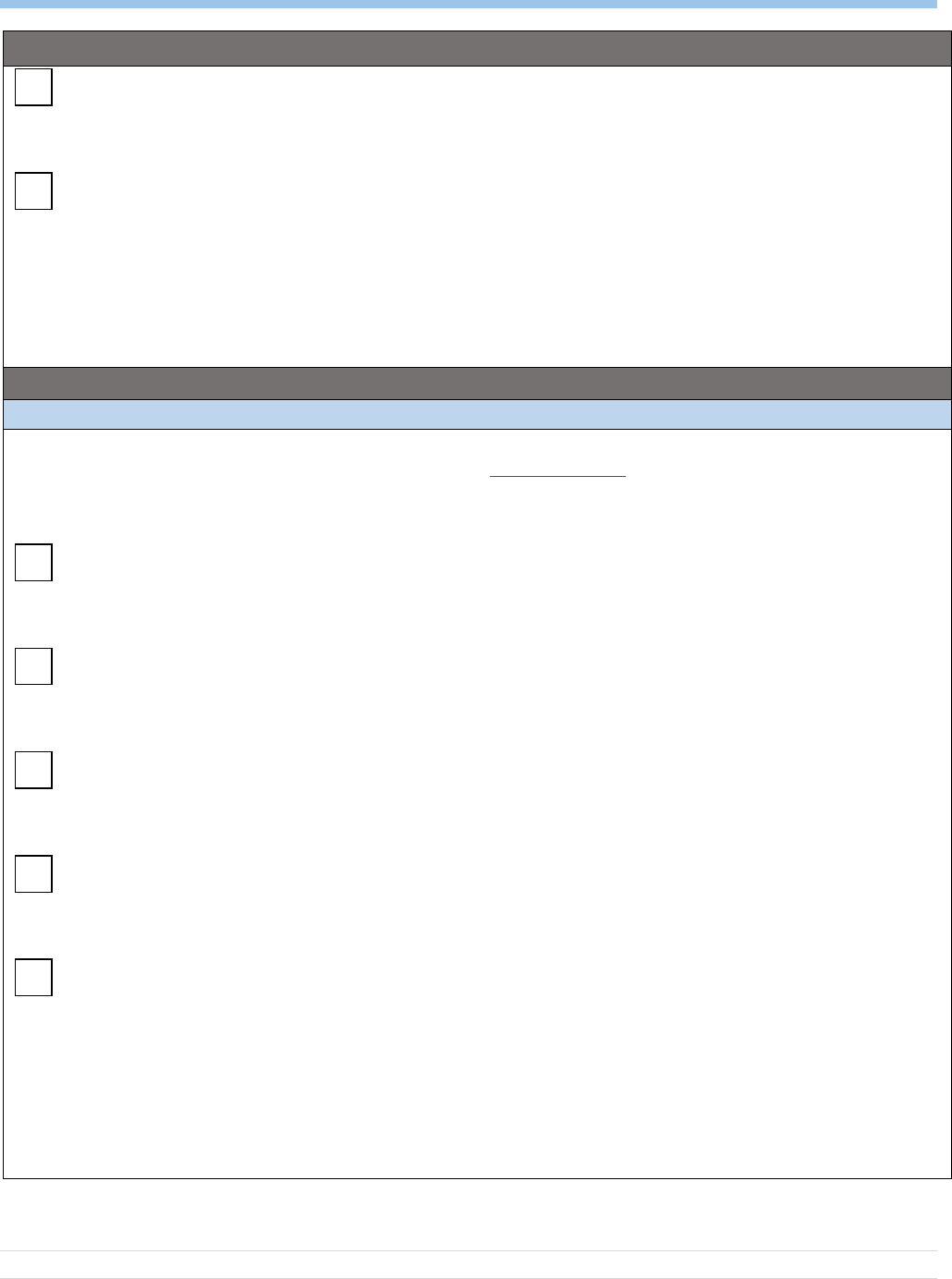
Mixed-Use Real Estate Financing Tool
6 | Pa
ge U.S. Department of Housing and Urban Development
Section 108 Loan Guarantee Program, May 2020
Basic Project Questions:
At least one permanent FTE job for every $50,000 of Section 108 funds received. If part-time jobs will be
created, then you can count part-time jobs based on hours. For example, six full-time jobs and eight 20-
hour/week jobs for a total of ten FTEs allows the borrower to receive up to $500,000 of assistance.
Business will provide services to at least one LMI client per $1,000 of Section 108 assistance received. As
an example, if a project receives $1 million in assistance, it must serve at least 1,000 LMI people over a period of
time to be required by the local government.
Note: If a mixed-use project is unable to meet these requirements, it may still be possible to qualify based on the
measurable community impacts the project provides (e.g., provides grocery access in a "food desert").
If the project can meet one of the standards for public benefit above or if it will deliver an important community
need not listed, proceed to the Next Step.
Basic Financing Questions:
STEP 9: Is your project viable?
Note: Underwriting will be required for all requests for assistance. The local government's underwriting process
must be in accordance with the standards specified in the HUD regulations that evaluate all aspects of the
project to determine financial viability and whether other sources of debt and/or equity could be pursued in
addition to or instead of Section 108 financing. Among other items, the underwriting process will examine:
Reasonableness of projected project costs. What is the basis for estimated acquisition, rehabilitation,
and/or new construction costs (e.g., architect estimates, preliminary bids from experienced contractors, values
from similar projects)? Are design, engineering, developer, legal, and other fees reasonable?
Reasonableness of the project's operating pro forma. Are projected rents, sales, vacancy rates, operating
expenses, rent and expense escalators, etc. reasonable? Are they verified by market studies, appraisals or other
data collected by the developer?
Reasonableness of the projected returns on equity. Are projected returns (e.g., cash flow, tax benefits,
and appreciation) to equity investors reasonable given the risks associated with the project and prevailing
market returns for other projects?
Breakeven. Do revenues exceed expenses and debt service after a reasonable stabilization period? If
there are losses projected during the early years of the project, are adequate rent-up and operating reserves
budgeted?
Debt Coverage Ratio. What is the projected debt coverage ratio? A ratio of 1.2:1 ($1.20 in available cash
flow for every $1.00 of debt service) or greater is typically recommend; however, some local governments may
make exceptions to the standard ratio for projects with a significant public benefit. To estimate the interest that
would be due on a potential loan, you can use the current the 10-year Treasury Yield.
If t
he projected pro forma indicates a reasonable expectation that the project will have sufficient cash flow to
repay the loan, you should proceed to the
Next Step.
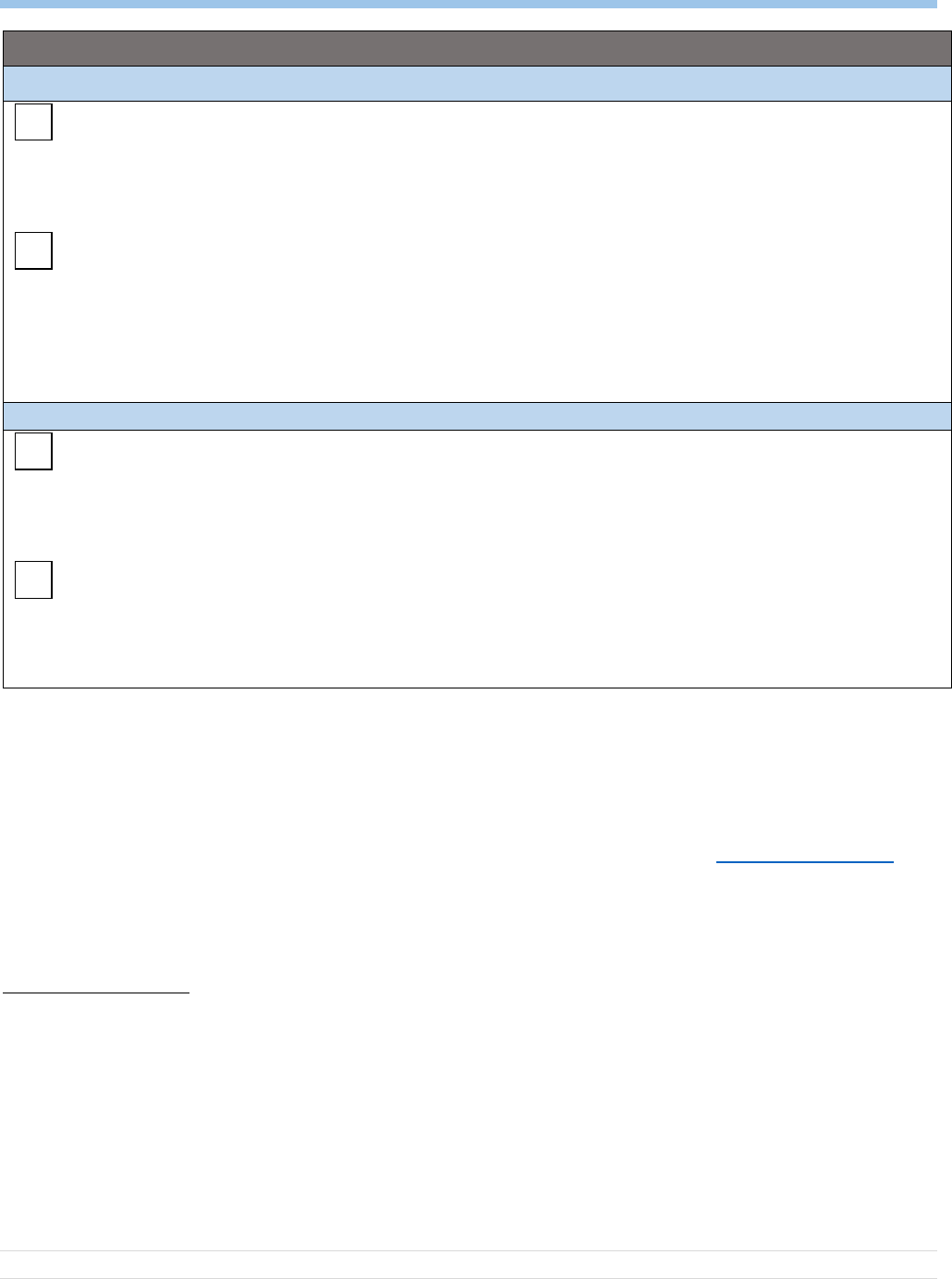
Mixed-Use Real Estate Financing Tool
7 | Page U.S. Department of Housing and Urban Development
Section 108 Loan Guarantee Program, May 2020
Basic Project Questions:
STEP 10: Is there adequate collateral to secure the loan?
Loan to Value. Project debt, whether all Section 108 or a combination of Section 108 and senior financing,
divided by the fair market value of the collateral, should not exceed 80%. If collateral for the project is less than
the loan amount requested, you may be asked to pledge additional collateral depending on the requirements of
the local government.
Other collateral. Alternatively, to meet the collateral requirements, the local government may provide
other collateral to HUD as an alternative to or in addition to project collateral (e.g., pledge of real property
owned by the local government).
If you believe adequate collateral is available, you should proceed to the
Next Step.
STEP 11: Review Section 108 terms to determine acceptability.
Term. The maximum term of Section 108 financing is 20 years. Section 108 guaranteed loans offer
flexible repayment terms, such as deferred principal schedules. Large balloon payments are generally
discouraged by HUD, but Section 108 financing can bridge tax credit equity or debt where the take-out financing
is fully committed.
Interest rates and closing costs. The interest rate is determined by the local government but will
generally cover its cost of capital plus a spread (e.g., 10-year Treasury rate plus 75 basis points, WSJ Prime Rate
plus 150 basis points). HUD charges a one-time, up-front guaranty fee (it is 2% for applications approved in
federal fiscal year 2020), which along with closing costs are typically passed along to the third-party borrower.
If you were able to answer the questions through Step 11, what's next?
Contact your local elected officials and/or the staff assigned to the Section 108 loan guarantee program at your
local or state government offices (who are often housed in the community development office) to see if they
have an existing Section 108 Loan Guarantee Assistance Program for real estate development. If not, provide
them with information on the program and encourage them to contact HUD by email: Sectio[email protected]ov
for
more information.
What will you need to give local/state Section 108 program staff to move the process forward?
Project Information:
Project Description. A detailed description of the proposed project, including: its location;
acquisition/ownership status; preliminary design; area and/or unit count by component uses (e.g, residential,
retail, office, commercial); targeted tenants and the status of preleasing; market analysis/ feasibility study;
identification of the development team's members (developer/owner, equity partners, architect, general
contractor if preselected, leasing agents/commercial broker, etc.) and their experience; and the project's
anticipated public benefit (full-time equivalent jobs, areas to be served, affordable housing units, slum/blight
abatement, etc.).

Mixed-Use Real Estate Financing Tool
8 | Page U.S. Department of Housing and Urban Development
Section 108 Loan Guarantee Program, May 2020
Use of Funds. Description of the use of the Section 108 guaranteed financing, including which components
of the mixed-use development are being acquired, remediated, improved, refurbished, etc. Projects satisfying
the LMI national objective will need information pertaining to the targeted job creation numbers and position
titles, the demographics of the specific area or the percentage of affordable units being created.
Construction. If you are requesting Section 108 financing for construction, Davis-Bacon (prevailing wage
standards) and other federal requirements apply. Make sure the general contractor (if selected) is aware of the
requirements with this type of project funding, minimum wage rates and required documentation
Financial Information:
Proof of Project Site Control. Proof of ownership, executed purchase agreement, option to purchase or
capital lease for all parcels associated with the project site.
Project Budget and Operating Proforma. Detailed project sources (construction/rehabilitation costs) and
uses (debt, equity, other assistance); a five- to ten-year operating proforma detailing projected revenues and
expenses.
Lender/Equity Commitments. Commitments (term sheets, commitment letters, etc.) from other funding
sources (loans, equity, etc.).
Personal Financial Statements. Personal financial statements for the developer and any equity investors.
Organizational Documents. Ownership structure/documentation (sole proprietorship, partnership,
corporation, LLC, etc.).
As Complete Appraisal and/or Market Study. If not completed, identified sources.
Environmental Site Assessments (ESA). Status of Phase I ESA and, if recommended in Phase I,
Phase II ESA.
History. Background, experience of owner (resumes, references).
The list above is a typical list of required documents for a developer applying for a Section 108 guaranteed loan;
however, all communities and projects are different. A state or local government, or the entity that is carrying
out the program on their behalf (such as a local community development financial institution or quasi-public
economic development agency), will likely require additional documents during the underwriting process.
